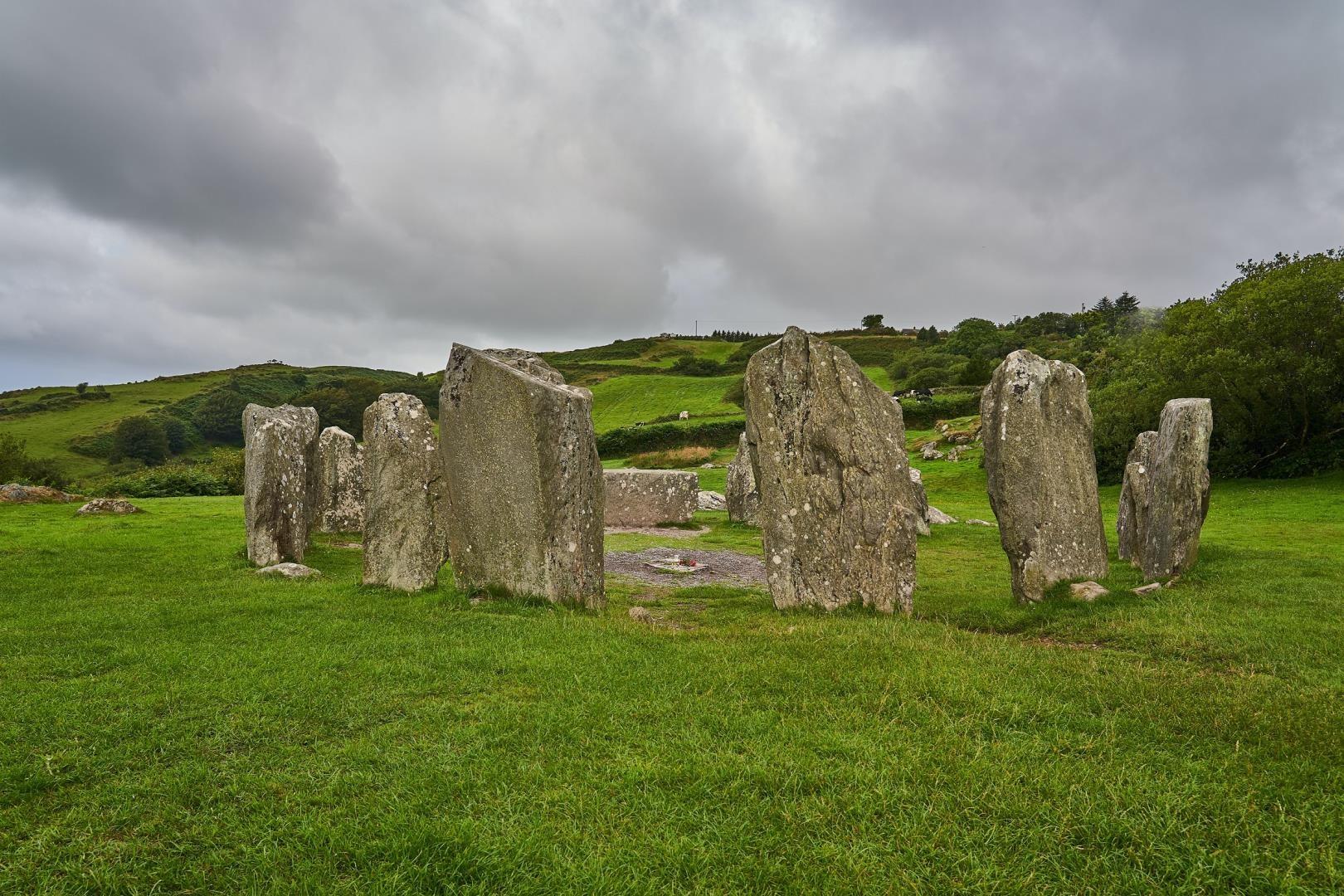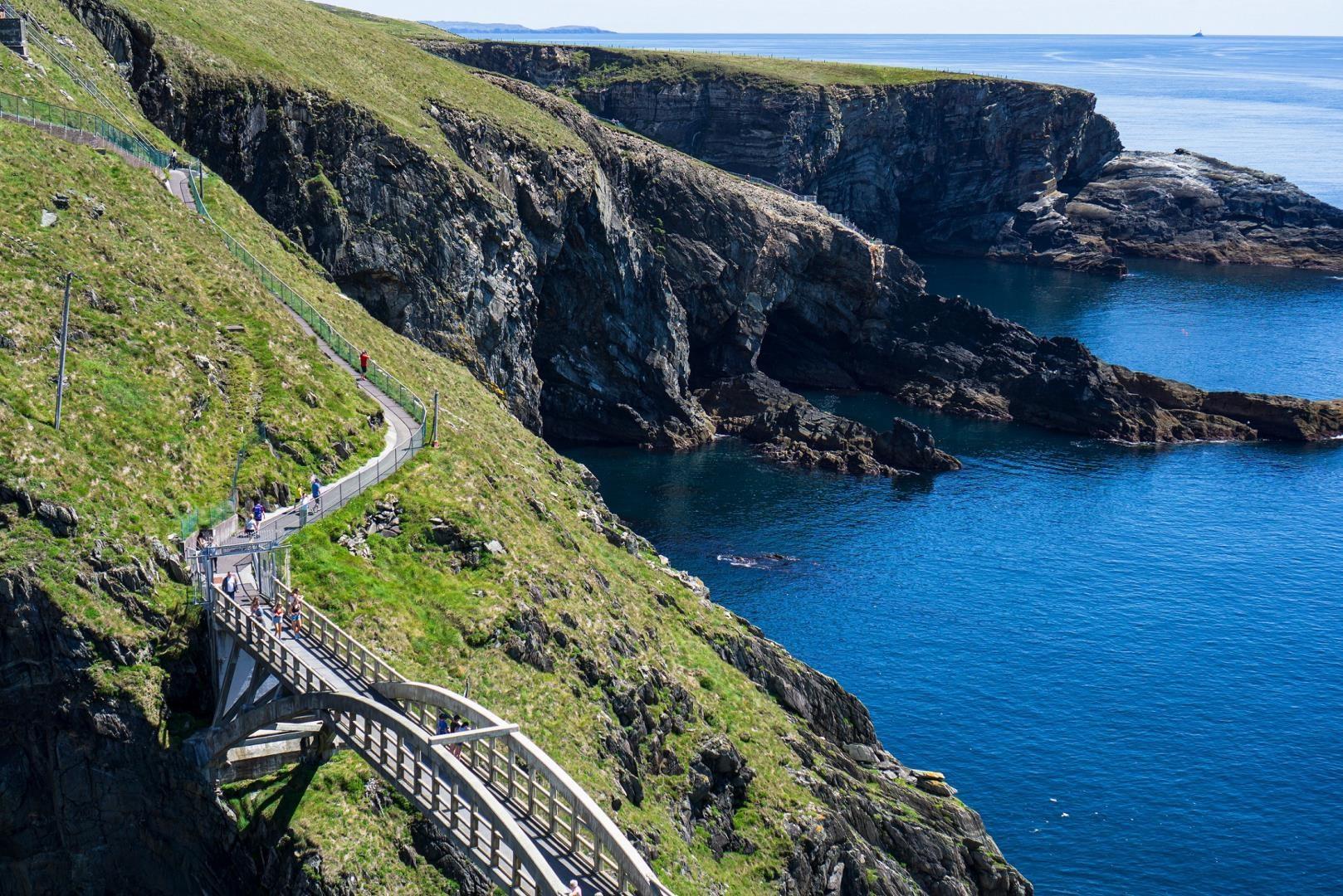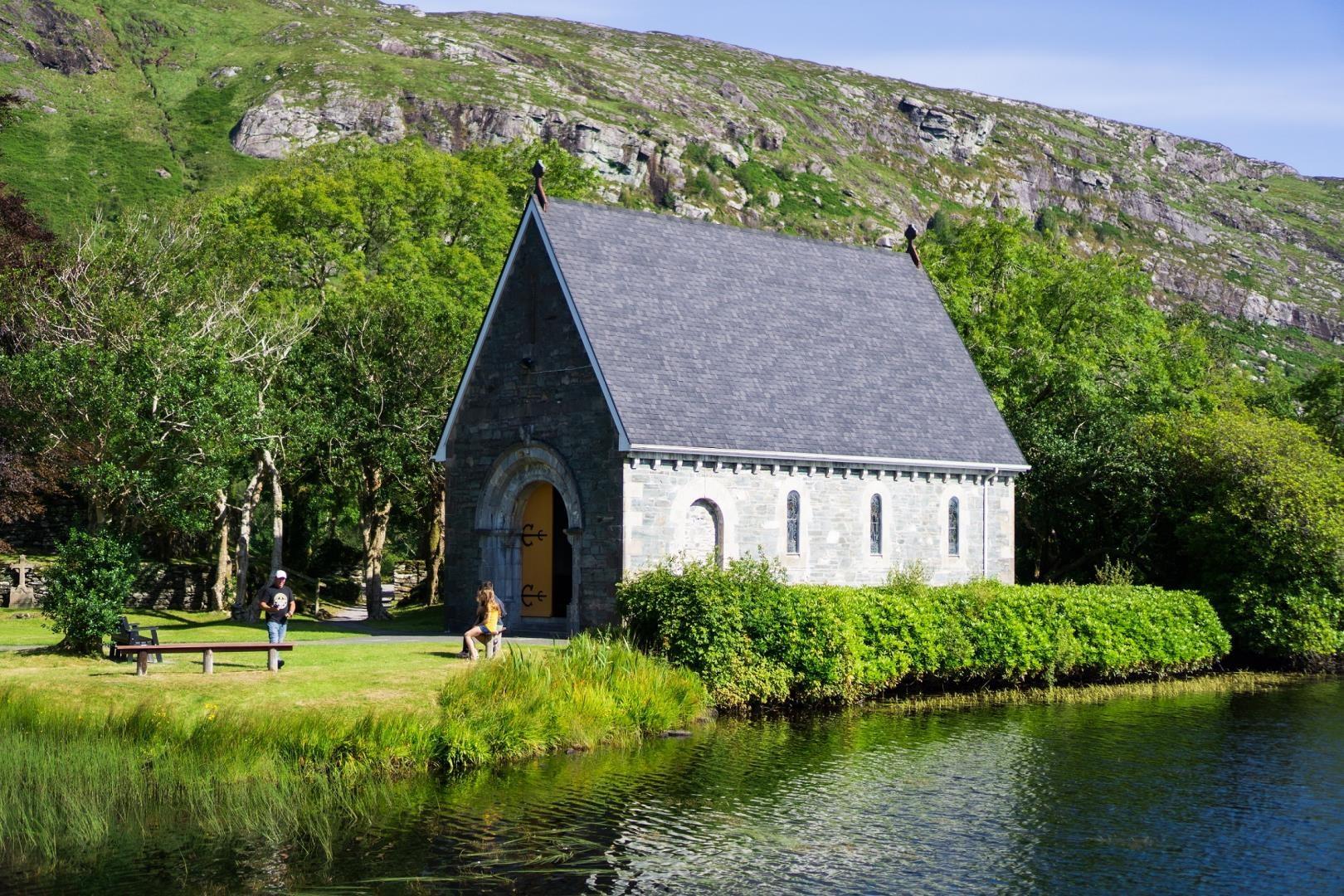

Cairo
Upon the banks of the mighty Nile River, the renowned city of Cairo stands tall as an iconic world capital and a well-preserved relic of antiquity. Immerse yourself in this historically significant city, replete with architectural wonders, mesmerizing artifacts, and sprawling markets humming with energy.

Nelson Lakes National Park
Nestled in the heart of New Zealand's South Island, Nelson Lakes National Park is a paradise for nature enthusiasts and adventure seekers alike. This breathtaking park is renowned for its stunning lakes, dense beech forests, and rugged mountains. The twin lakes, Rotoiti and Rotorua, are the park's crown jewels, offering crystal-clear waters framed by lush greenery. Visitors can explore these serene lakes by taking a scenic boat ride or embarking on a picturesque hike along their shores.

Juneau
Juneau's majestic sprawl and abundance of nature set it apart from most capital cities in America. Tourists arrive via air or water, many coming in on cruise ships.

Osaka
Just south of Kyoto, Osaka is one of Japan’s largest cities and a cultural hub known for its spectacular culinary scene. Highlights of this sprawling and lively city include majestic Osaka Castle, whose tiers of white and green tower over Nishinomaru Garden’s blooming pink cherry trees, as well as the Shitennoji Buddhist temple, Osaka Aquarium Kaiyukan, and ever-popular Universal Studios Japan.

Ho Chi Minh City
Ho Chi Minh City, formerly known as Saigon, is the most populous city in Vietnam at 9 million people. It is an enticing mix of the old and new, with European architecture due to French colonization to towering skyscrapers and modern shopping malls.

Charleston
Charleston, South Carolina, is a gem of Southern charm and history, offering an immersive travel experience in a beautifully preserved city. Known for its cobblestone streets and antebellum architecture, Charleston's historic district is a living museum where visitors can stroll past colorful row houses and elegant mansions. Key landmarks include the Battery and Rainbow Row, a series of pastel-colored houses that are among the city's most photographed sites.

Skyland World Travel
One call for all your travel needs
EMAIL US:
GIVE US A CALL: (908) 852-7081












